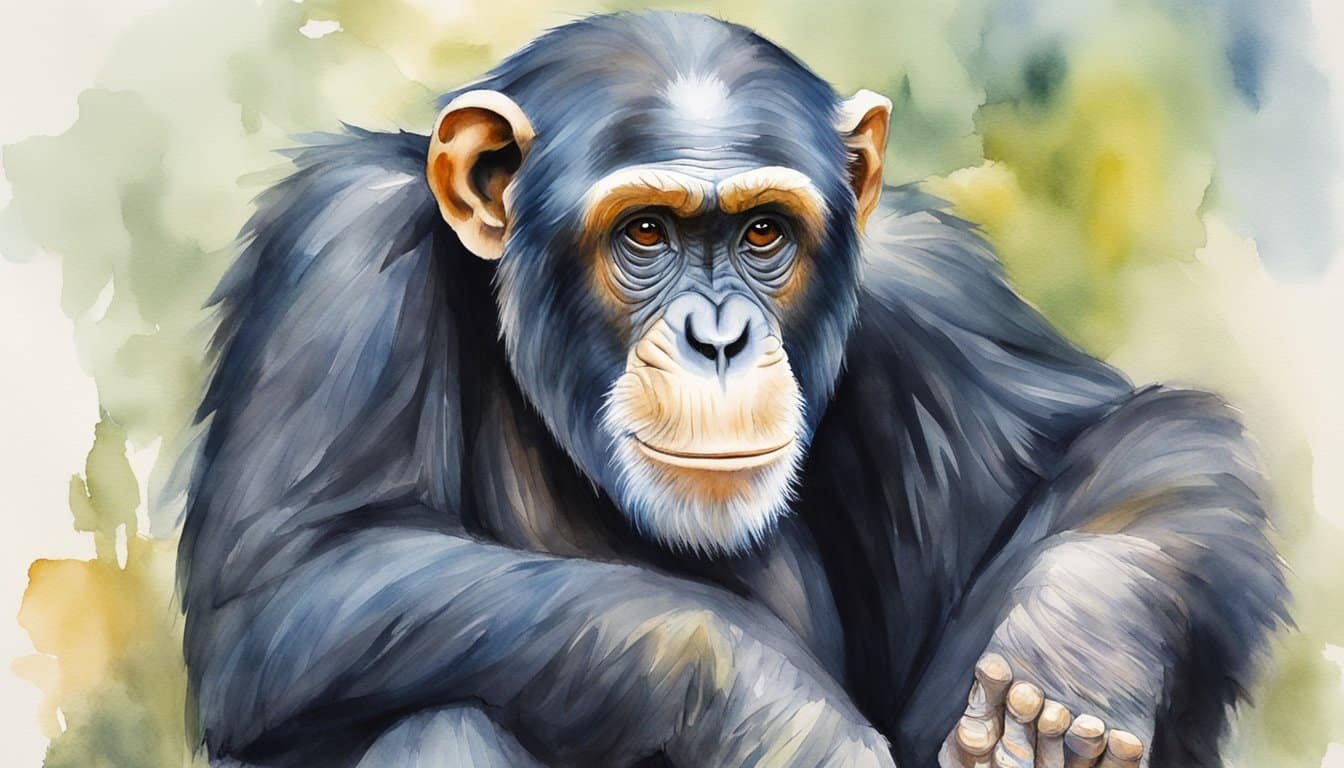Genetic Connections with Humans

Exploring the genetic tapestry of human ancestry reveals an intimate link with several primates. Chief among them are chimpanzees and bonobos, whose DNA tells a story of closeness and evolution.
Chimpanzees and Bonobos: Our Closest Relatives
Chimpanzees and bonobos share a remarkable genetic closeness with humans. They are, indeed, our closest living relatives in the animal kingdom. Recent studies have shed light on the chimpanzee genome, showing that about 98.7% of our DNA sequence is similar to that of chimps and bonobos.
Genetic Similarity and Differences
The genetic similarity is so striking that it bridges humans with these primates in our physical traits and some of our behaviors. However, despite the high percentage of shared DNA, the differences are significant. They reside in the small fraction of DNA that accounts for the myriad differences between the species, from the complexity of the human brain to the nuances of speech and culture.
DNA Sequencing and Research
Advancements in DNA sequencing technologies have propelled our understanding of these genetic connections forward. Research shows that while the number of genetic differences (specifically in base pairs) between humans and great apes like chimpanzees and bonobos is small, the effect of those differences can be seen in our physiology and cognitive abilities. These studies do more than just satisfy curiosity; they provide invaluable insights into the very fabric of our being, including the genetic evidence that supports our shared ancestry with other apes.
Evolutionary Perspective
Understanding the closest animal to humans involves unraveling our evolutionary journey, which hinges on common ancestry, fossil evidence, and living primate relations.
Common Ancestors and Divergence
Humans share a common ancestor with modern-day apes, an evolutionary split that occurred in Africa roughly 5 to 7 million years ago. This divergence led humans and their cousin species down distinct evolutionary paths. The great ape family, which includes species like chimpanzees, bonobos, gorillas, and orangutans, remains our closest living relatives, with chimpanzees and bonobos being the closest among them.
Fossil Records and Evolutionary Links
The fossil records act as a time capsule giving insight into evolutionary transformations over millions of years. Fossils from species like Australopithecus afarensis, known from the famous ‘Lucy’ specimen, provides a bridge between ancient hominidae ancestors and modern humans, illustrating key shifts in anatomy and locomotion. Research at institutions such as the Max Planck Institute helps in piecing together these complex evolutionary timelines.
Modern-Day Primates and Primate Evolution
Today, the behavioral and anatomical variations observed in African apes and other primates offer significant insights into hominid evolution. Studies of different populations and subspecies contribute to understanding the evolutionary tree and its branches leading to humanity. Observations of primates in the wild help in untangling the evolutionary roots of complex social behaviors and cognitive abilities that are prominent in humans.

